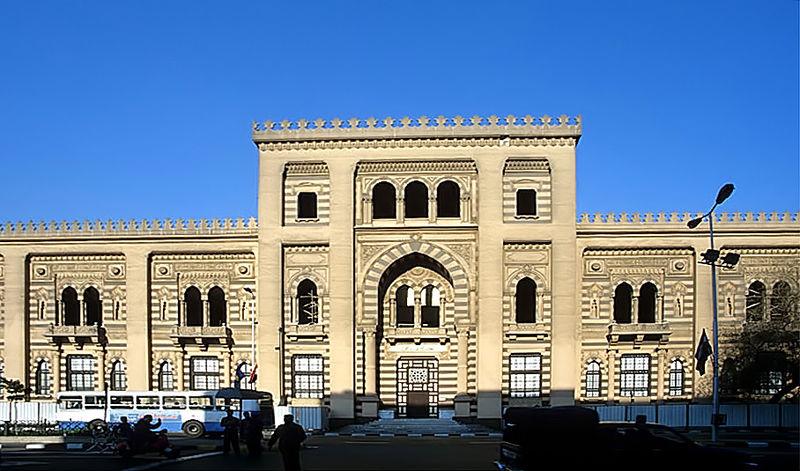
Museum of Islamic Art: A World-Class Collection of Islamic Artifacts and Masterpieces in Cairo
The Museum of Islamic Art, located in Doha, Qatar, is one of the world’s premier institutions dedicated to the art and culture of the Islamic world. Founded in 2008 by His Highness Sheikh Hamad bin Khalifa Al Thani, it was designed by renowned architect I. M. Pei and has since become an iconic landmark in the region as well as a shining example of cultural exchange between East and West. The museum's mission is to preserve and showcase some of humanity's most significant works from Islamic cultures around the globe while promoting public understanding through education programs and research initiatives. Its collection includes more than 15, 000 objects spanning 1, 400 years: ceramics; metalwork; textiles; manuscripts; coins; woodwork; scientific instruments; jewelry pieces; paintings on paper or canvas-all representing different periods within Islam’s long history. The museum also houses several temporary exhibitions throughout the year featuring artworks loaned from other museums both near and far away from Qatar such as Italy’s Uffizi Gallery or New York’s Metropolitan Museum of Art.
Highlights of the Museum of Islamic Art
The Permanent Collection of the Museum of Islamic Art is a stunning collection spanning 1, 400 years of art and culture from the Islamic world. From ceramics to metalwork, textiles to manuscripts, coins to woodwork, scientific instruments to jewelry pieces-the museum has something for everyone. The highlights among the museum’s permanent collection include:
The 13th century Mamluk Quran manuscript which was written on parchment in Kufic script with gold illuminated pages
Dhul Qurnayn Bowl - an early 15th century blue and white Chinese bowl decorated in cobalt blue with a large inscription mentioning ‘Dhul Qurnayn’ (Alexander the Great)
Astrolabe - attributed to Nasir al Din Tusi who was a Persian polymath from 13th century Persia
A selection of Mughal paintings from 17th and 18th centuries India depicting courtly life, battle scenes or religious motifs such as portraits of saints or depictions of famous epics like Ramayana and Mahabharata
Textile works including Kashmir shawls made with intricate designs reflecting Indian aesthetics and fine Ottoman embroidery works featuring delicate floral patterns done in silks
In addition to its vast permanent collections, the Museum also hosts several temporary exhibitions throughout the year showcasing loaned artworks from other museums around the world. These exhibitions typically focus on specific topics related to Islamic art or cultures within it such as Persian calligraphy or architecture in Central Asia bringing them closer for visitors so they may appreciate their beauty up close.
Exhibitions and Events
Ceramics are one of the oldest forms of art from Islamic cultures, offering a window into centuries of creativity and craftsmanship. The Museum’s collection includes examples from all major Islamic dynasties, including Abbasid, Fatimid, Ilkhanid, Mamluk and Ottoman wares. From lusterware to arabesque tiles to pottery with stunning calligraphy motifs-the museum displays an impressive array of ceramic pieces that demonstrate each region’s unique style and techniques.
The metalwork section houses beautiful artifacts like swords, helmets or jewelry crafted in gold or silver as well as more utilitarian objects such as locks or lamps. Featuring works by master craftsmen ranging from the Seljuk Turks to Ottoman masters in Damascus-it is easy to see why these pieces have been prized for their beauty and skillful execution throughout history.
Textiles are another highlight at the Museum with its impressive collection that includes carpets hand-woven by nomadic tribes; intricate silk embroideries from Central Asia; shawls made with fine wool; luxurious velvets depicting scenes inspired by Persian miniatures; and ancient garments like Kaftans worn by Mughal rulers in India during the 16th century. Visitors can explore how different textile techniques were used across regions while also appreciating vibrant colors that decorate these historic fabrics.
Manuscripts provide insight into Islamic literature spanning centuries which makes them an important part of any museum dedicated to Islamic art and culture. At the Museum visitors can view rare manuscripts written on parchment or paper adorned with exquisite illuminations featuring intricate geometric patterns or delicate floral motifs done in gold leaf paint among other materials depending on time period they come from. Furthermore there are several copies of Quran on display here which showcase different styles used over centuries when writing down this holy book for Muslims around the world including Kufic script seen on 13th century Mamluk Quran manuscript featured here
Education and Research
The Museum of Islamic Art is dedicated to furthering the understanding, appreciation and preservation of Islamic art and culture through education and research. In order to accomplish this goal, the museum offers a number of programs that seek to educate both visitors and scholars alike.
Conservation and restoration programs are central in preserving the museum’s collection for future generations. Through these efforts, experts can analyze each item's condition as well as its historical context so that they may work to protect them from deterioration or damage over time. The team also works closely with local communities to help preserve cultural heritage sites throughout Qatar such as fortresses, mosques or houses which showcase traditional architecture found in the region today.
In order to engage more people in learning about their collections, the Museum has developed an array of educational programs for students ranging from kindergarteners all the way up through university-level courses. These often include interactive activities like gallery tours or workshops designed specifically for different age groups along with lectures by renowned historians or short films produced by curators at MIA itself-all aimed at helping learners develop a deeper understanding of Islamic cultures around the world today.
Research initiatives have been set up at MIA not only in order to support conservation efforts but also advance knowledge on topics related to its collections including archaeology; history; philology; literature; numismatics; epigraphy among others so that future discoveries can be made based on what is already known about various objects within it’s walls . Furthermore these studies provide valuable information regarding current trends within Islamic arts which gives insight into how certain pieces were created or used over centuries adding another layer onto our understanding of them today
Future Plans of the Museum
The Museum of Islamic Art is constantly looking for ways to expand its reach and impact both locally and abroad. As such, they have several planned exhibitions in the works that will bring together artworks from various museums around the world. These exhibits are designed to showcase a wide range of artwork from different periods within Islam’s long history, highlighting their importance as cultural artifacts while also educating visitors on the role they played throughout different eras.
In addition to its planned exhibitions, the museum has developed a number of community projects aimed at engaging local audiences with its collections and programs through activities like family workshops or lectures by renowned scholars. The aim here is not only to introduce people living in Qatar to Islamic art but also build bridges between cultures by getting them involved with what makes each one unique-an effort made possible thanks to support provided by corporate sponsorships and other fundraising efforts set up at MIA itself.
The Museum of Islamic Art is committed towards furthering understanding about this often misunderstood culture through education initiatives that promote appreciation of its many achievements from past centuries right into present day so that future generations may continue learning more about it for years come
Conclusion
The Museum of Islamic Art has made an invaluable contribution to the preservation and education of Islamic art and culture. Not only have they taken great care to protect their own collections, but they have also provided meaningful programs such as research initiatives, educational activities, and community projects that help bring these works closer for visitors so that they may appreciate them more deeply. Through its extensive efforts, MIA is helping bridge gaps between cultures while providing insight into the beauty of what Islamic art has to offer.
In addition to conservation efforts at the museum itself, MIA offers a wide range of educational programs designed for learners from kindergarteners all the way up through university-level courses. These include interactive activities like gallery tours or workshops along with lectures by renowned historians or short films produced by curators at MIA-all aimed at helping students develop a deeper understanding of different aspects of Islamic cultures around the world today. In order to further advance knowledge on topics related to its collections including archaeology; history; philology; literature; numismatics; epigraphy among others-MIA has developed several research initiatives in partnership with local communities which provide valuable information regarding current trends within Islamic arts as well as how certain pieces were created or used over centuries adding another layer onto our understanding of them today
Finally, through its planned exhibitions featuring loaned artwork from other museums around the world along with community projects involving family workshops or lectures given by renowned scholars-the Museum is constantly looking for ways to expand its reach and impact both locally and abroad in order introduce people living in Qatar not only to Islamic art but also build bridges between cultures by getting them involved with what makes each one unique-an effort made possible thanks support provided corporate sponsorships and other fundraising efforts set up at MIA itself . By doing so it aims towards furthering understanding about this often misunderstood culture through education initiatives that promote appreciation of its many achievements from past centuries right into present day so that future generations may continue learning more about it for years come
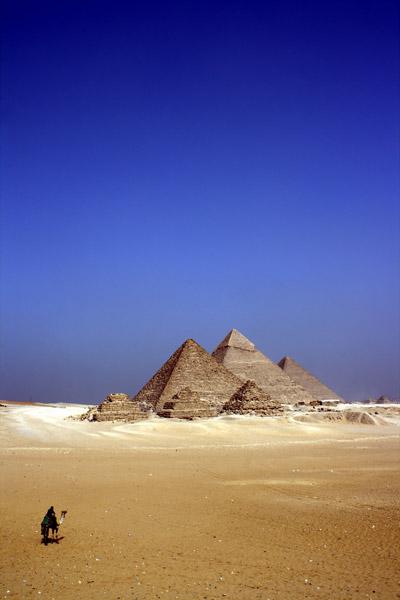
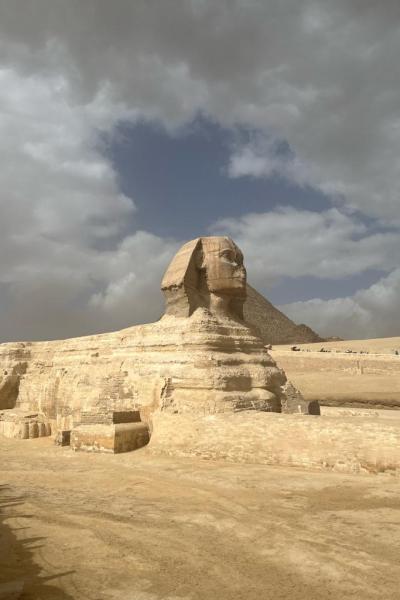
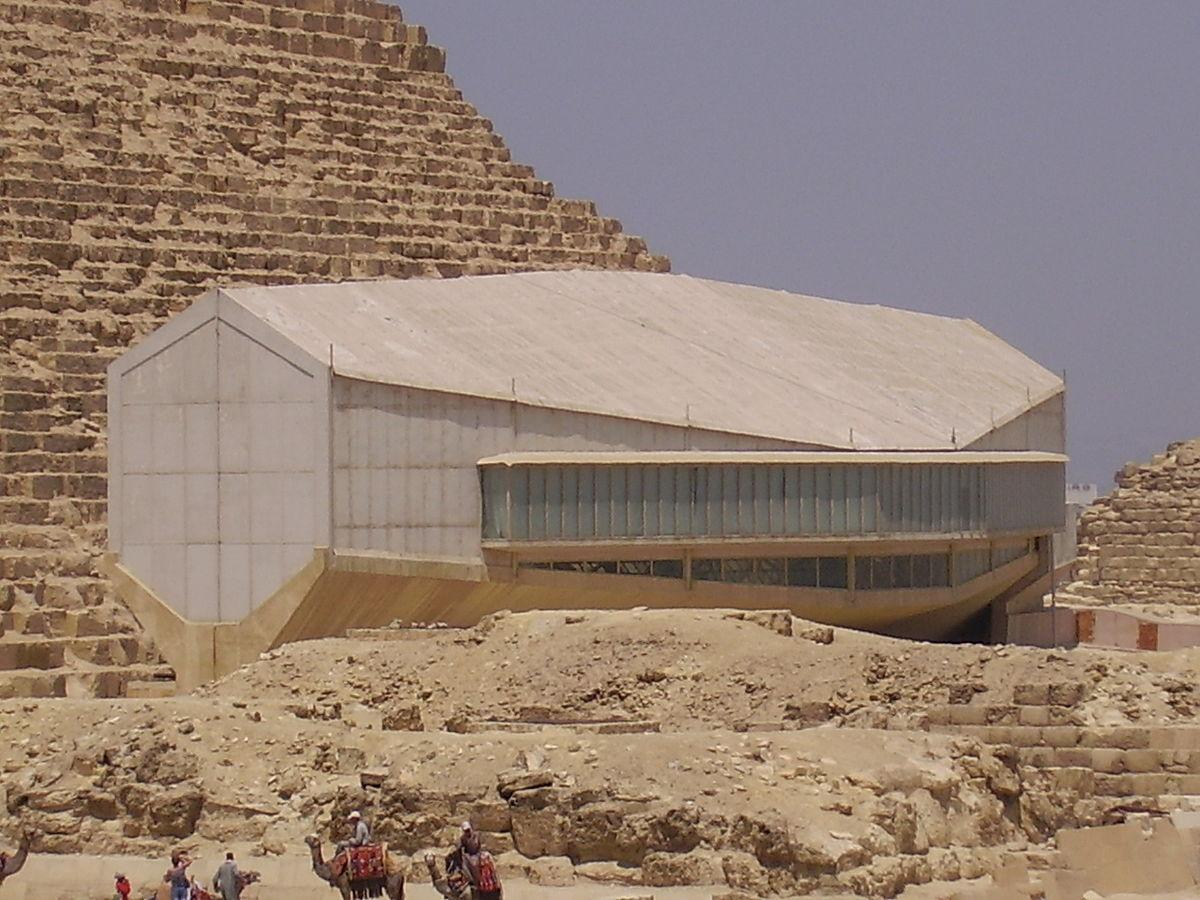
The Solar Boat Museum in Cairo is an extraordinary cultural experience, offering visitors a unique glimpse into the pharaonic afterlife. Located near the Pyramids of Giza, this museum houses two ancient solar boats that were discovered buried beneath the sands of Egypt and believed to have been used...
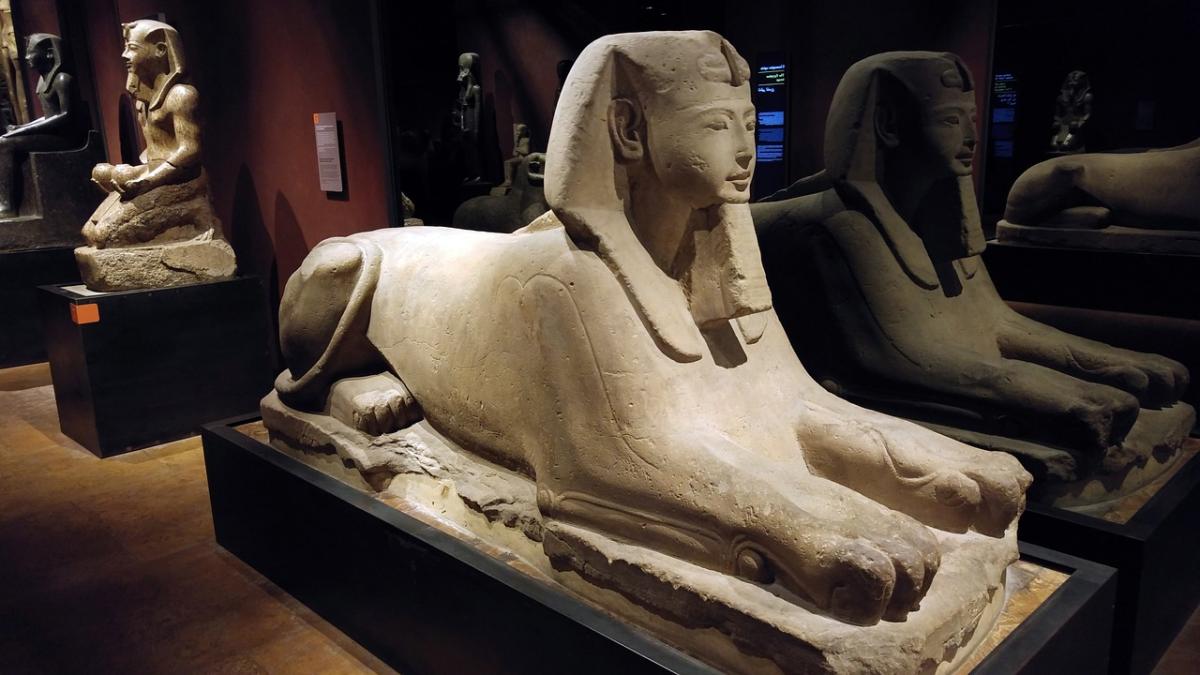
Located in the heart of Cairo on Tahrir Square, the Museum of Egyptian Antiquities, commonly known as the Egyptian Museum, stands as the oldest archaeological museum in the Middle East . For over a century, it has been the worlds foremost repository of Pharaonic antiquities, offering an unparalleled...
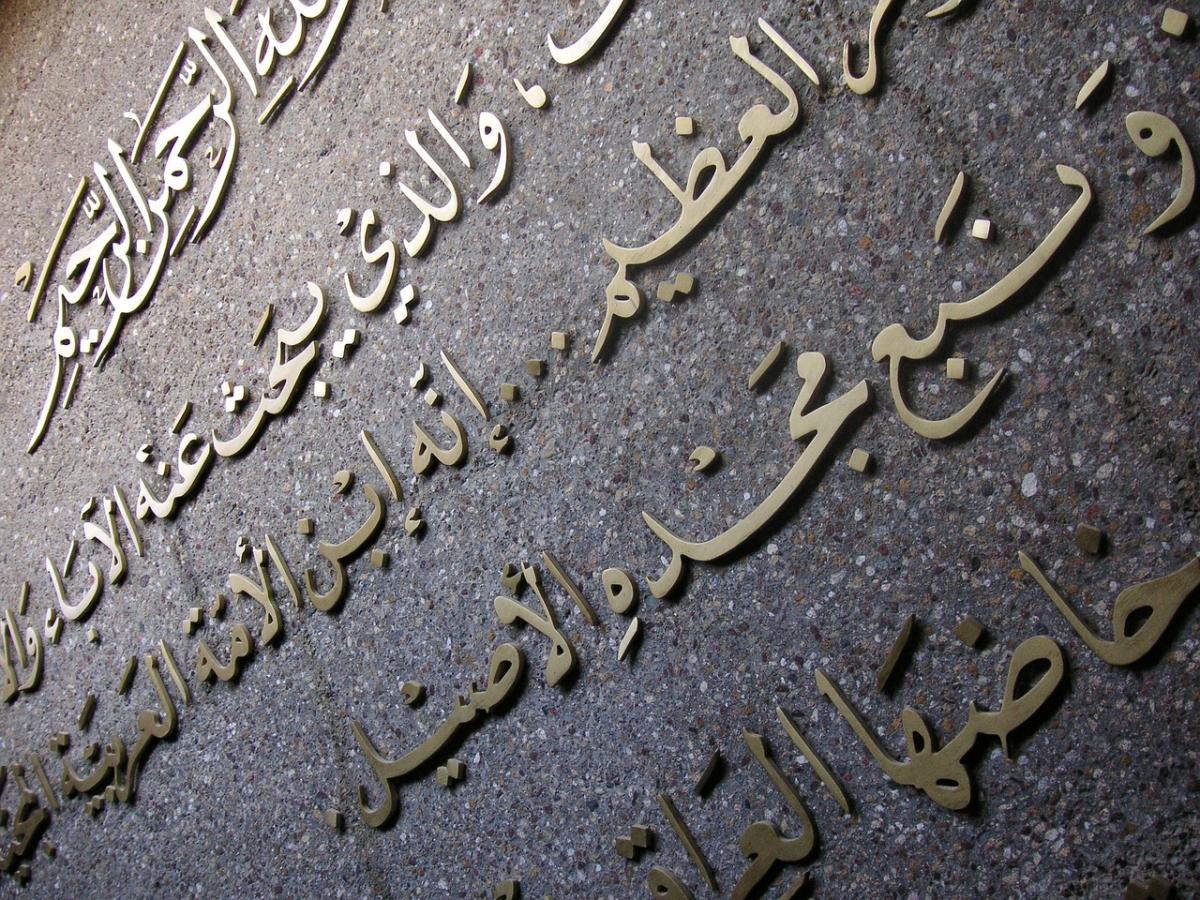
Welcome to Cairo, a city that is as rich in history and culture as it is in the vibrant sounds of the Arabic language . This guide is designed to be your friendly companion as you embark on the exciting journey of learning Arabic and immersing yourself in the local Cairene culture.